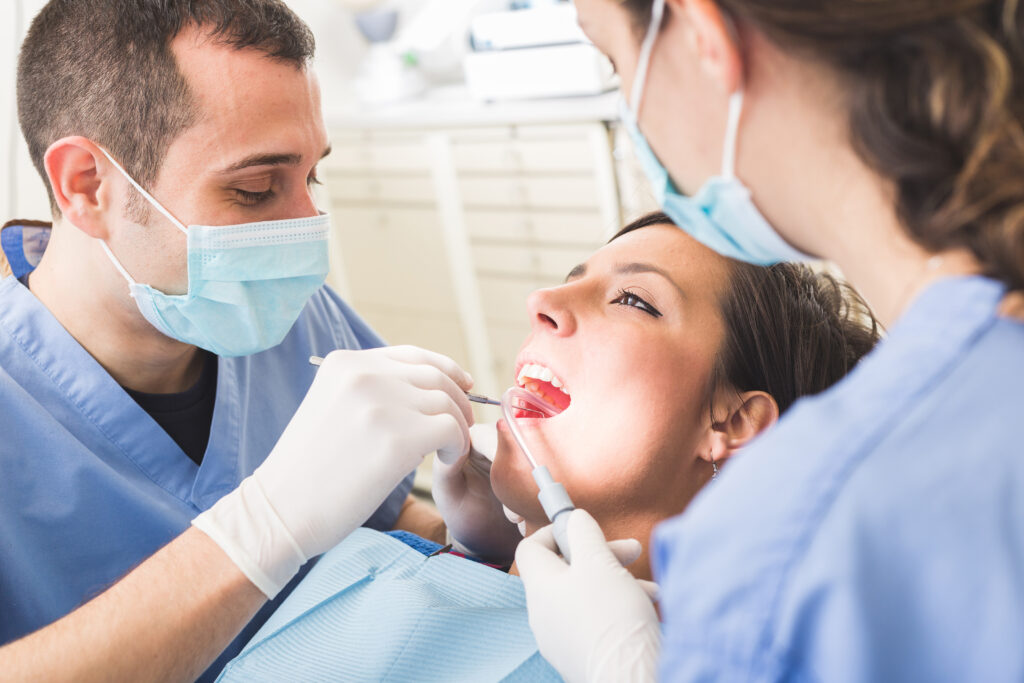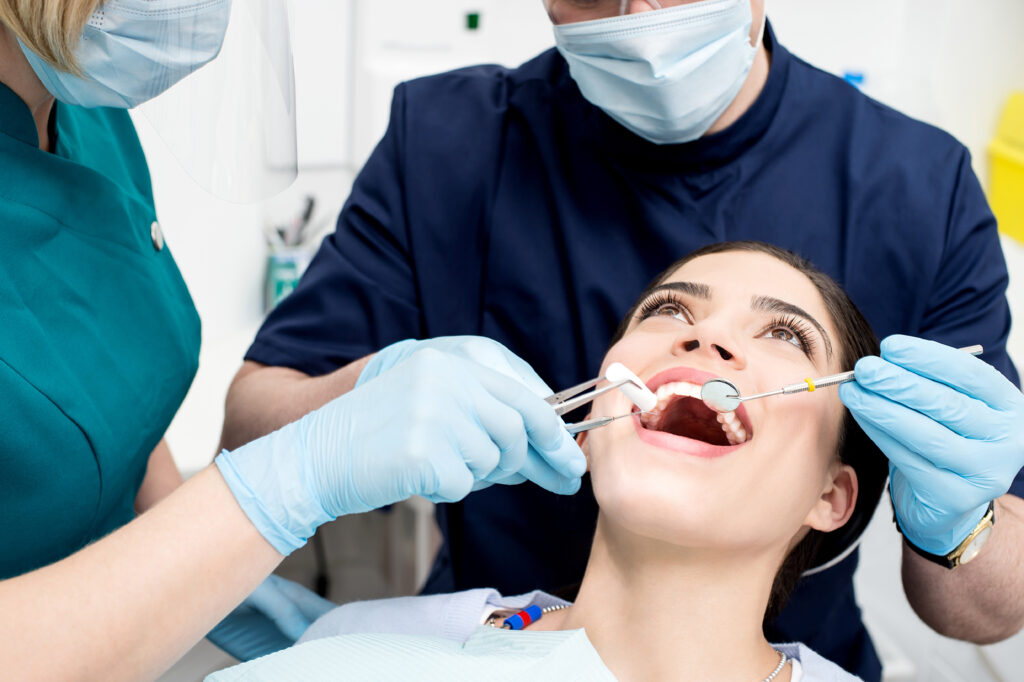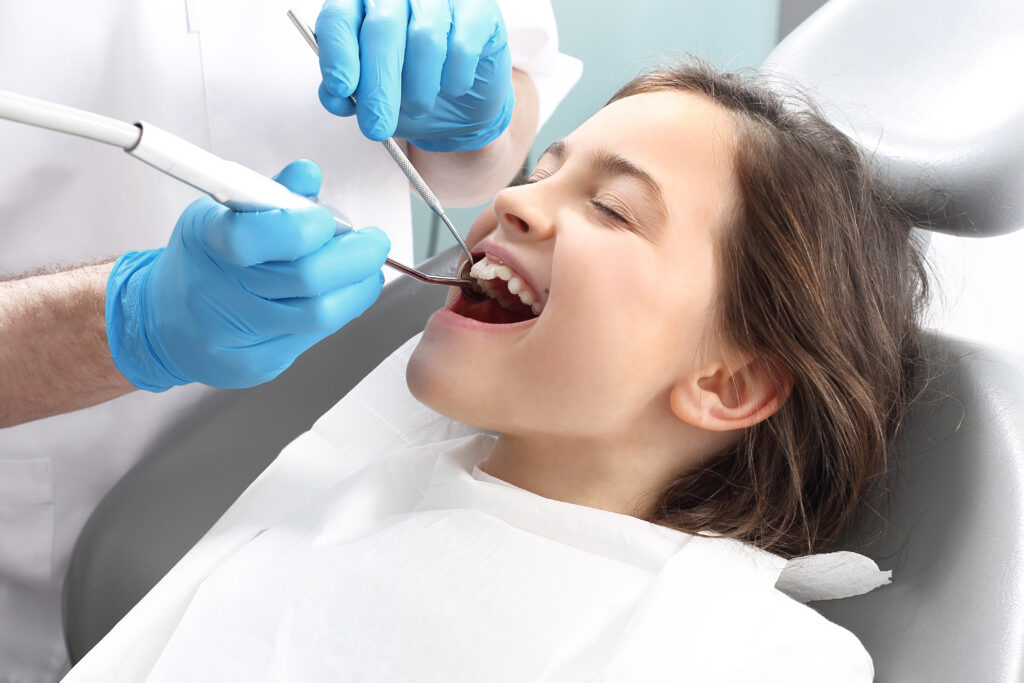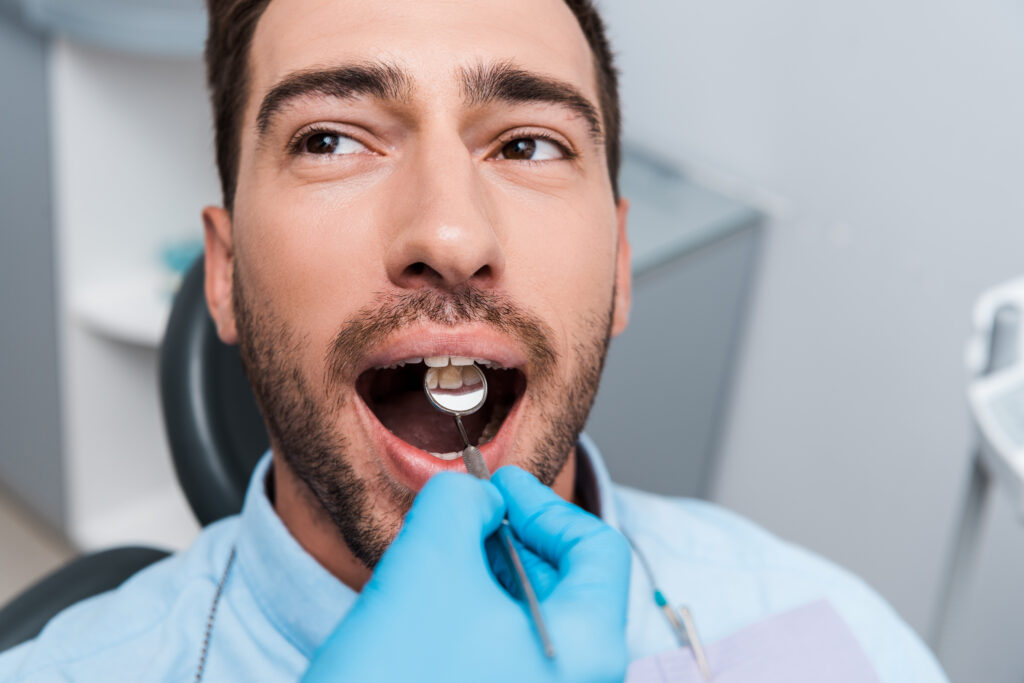
With summer sports in full swing, it’s too common to go from playing a game with your team or friends to dealing with a cracked tooth. We know all too well just how painful it can be; sometimes, it’s hard to remember what to do in the moment.
At Mills River Family Dental, we want to provide you with all the information you’ll need to know about a cracked tooth and what you need to do to take care of it before the pain worsens.
What Kind Of Cracked Tooth Am I Dealing With?
Unfortunately, several parts of your tooth can crack in several ways, causing a lot of unfortunate pain.
- Cracked Tooth: Some tooth cracks start the biting edge of your tooth and travel up towards the root of the tooth. This can include a partial crack, only going partially up the tooth. Sometimes the crack can go up the tooth and under the gums, closer to the root.
- Craze Lines: Craze lines are small, vertical cracks to the teeth. They may be translucent and are common among most adults. These do not generally require any treatment, as they do not cause pain.
- Split Tooth: A split tooth is caused by untreated cracked teeth. The untreated crack causes the tooth to split in two vertically.
- Cracked Cusp: The cusp is the part of the tooth used to bite. These may crack due to injury or tooth decay. You may experience pain with a cracked cusp when biting down on something.
How Do You Get A Cracked Tooth?
There are several causes for a cracked tooth, including the following:

- Age: As we age, our teeth become more susceptible to damage. Our enamel will naturally begin to wear away, which may leave teeth at risk of tooth decay or damage, including cracks.
- Biting: If you often eat many hard foods or chew on ice, you may experience cracks in your teeth. Because they are fragile, teeth biting down on foods like hard candy, popcorn kernels, hard bread, and frozen treats may experience cracking.
- Grinding: If you are a tooth grinder, you may experience a cracked tooth. Because of the grinding against one another, your enamel breaks down, making your teeth more fragile. Over time this may lead to a cracked tooth.
- Trauma: One way to crack a tooth is through trauma to the tooth, including sports injuries, car accidents, or physical injuries. Depending on the severity of the trauma, you may experience chipping or cracking of your tooth.
Symptoms Of A Cracked Tooth
When dealing with a cracked tooth, your symptoms may vary based on the severity of the crack. There is a possibility that, like with craze lines, you won’t experience any discomfort. However, if the crack is more severe, you may experience pain when chewing, sensitivity when consuming warm or cold foods and drinks or sugary substances, swelling of the gums surrounding the tooth, or pain that may or may not go away. When dealing with these symptoms, it is essential to check with your dentist, as they may be signs of other dental problems.
What To Do If I Have A Cracked Tooth
If your tooth is cracked, you’re experiencing tremendous pain, or your tooth is bleeding, you must go to your dentist as soon as possible to prevent further damage to the tooth, gums, or surrounding teeth. When dealing with an injury like a severely cracked tooth, there is a potential for infection, which, if left untreated, could cause you to lose the tooth.

While waiting to see your dentist, ensure that you only eat soft foods if you must eat. Eating soft foods will prevent additional pressure from being added to the compromised tooth. Consider taking an over-the-counter pain medication to make yourself more comfortable. Additionally, rinse your mouth with salt water to kill bacteria near or on the injured tooth.
If the cracked tooth is sharp, it might be best to adhere a small piece of paraffin wax or sugar-free gum to the tooth. The wax will act as a cushion between the tooth and the sensitive skin inside your mouth.
What Will My Dentist Do?
Treatment for a cracked tooth will vary depending on the severity. The treatment for a cracked tooth can include the following:
- Dental Bonding: Your dentist may apply a tooth-colored resin to your tooth. The resin is then cured, shaped, and polished to match the tooth and surrounding teeth.
- Crown: If a tooth is too weak to be restored, your dentist may reshape it for a crown to fit over it.
- Cosmetic Contouring: The tooth may be rounded and polished to remove any cracks or other irregularities.
- Extraction: When too much damage has been done to the tooth and the dentist cannot repair it, sometimes the best option is to remove the tooth entirely.
- Root Canal: Your dentist may choose to perform a root canal, removing any damaged pulp from the tooth to prevent further damage.
- Veneers: When there is still a substantial portion of the broken tooth, a dentist may adhere a porcelain veneer to the front of the tooth.

How Mills River Family Dental Can Help With A Cracked Tooth
Our team of professionals can help you with any problems with a cracked tooth, starting with scheduling a cleaning appointment. At this appointment, our team will be able to assess any damage to your teeth and advise you on how best to care for them. If you are dealing with a cracked tooth or would like to schedule an appointment with our Mills River Family Dental Team, contact us today.






